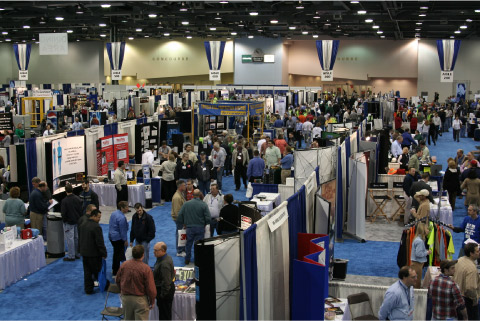Stamp: Gothic letter & tabernacle secretary (Austria 1965)
Gothic letter & tabernacle secretary (Austria 1965)
04 June (Austria ) within release Stamp Exhibition WIPA goes into circulation Stamp Gothic letter & tabernacle secretary face value 4+1 Austrian schilling
| Stamp Gothic letter & tabernacle secretary in catalogues | |
|---|---|
| Michel: | Mi:AT 1188 |
| Yvert et Tellier: | Yt:AT 1024 |
Stamp is vertical format.
Also in the issue Stamp Exhibition WIPA:
- Stamp - Hieroglyphics & mural painting from Thebes face value 1.50+0.40;
- Stamp - Cuneiform script on clay tablet & winged bull, Assyria face value 1.80+0.50;
- Stamp - Roman inscription on waxtable & Corinthian pillar face value 2.20+0.60;
- Stamp - Gothic letter with seal & Gothic church window, Münster cath face value 3+0.80;
- Stamp - Gothic letter & tabernacle secretary face value 4+1;
- Stamp - Typewriter with letter face value 5+1.20;
Stamp Gothic letter & tabernacle secretary it reflects the thematic directions:
An exposition, in the most general sense, is an organized presentation and display of a selection of items. In practice, exhibitions usually occur within museums, galleries and exhibition halls, and World's fairs. Exhibitions can include many things such as art in both major museums and smaller galleries, interpretive exhibitions, natural history museums and history museums, and also varieties such as more commercially focused exhibitions and trade fairs.
Philately (/fɪˈlætəli/; fih-LAT-ə-lee) is the study of postage stamps and postal history. It also refers to the collection and appreciation of stamps and other philatelic products.While closely associated with stamp collecting and the study of postage, it is possible to be a philatelist without owning any stamps. For instance, the stamps being studied may be very rare or reside only in museums.
The Goths (Gothic: 𐌲𐌿𐍄𐌸𐌹𐌿𐌳𐌰, romanized: Gutþiuda; Latin: Gothi, Greek: Γότθοι, translit. Gótthoi) were Germanic people who played a major role in the fall of the Western Roman Empire and the emergence of medieval Europe
Furniture refers to objects intended to support various human activities such as seating (e.g., stools, chairs, and sofas), eating (tables), storing items, working, and sleeping (e.g., beds and hammocks). Furniture is also used to hold objects at a convenient height for work (as horizontal surfaces above the ground, such as tables and desks), or to store things (e.g., cupboards, shelves, and drawers). Furniture can be a product of design and can be considered a form of decorative art. In addition to furniture's functional role, it can serve a symbolic or religious purpose. It can be made from a vast multitude of materials, including metal, plastic, and wood. Furniture can be made using a variety of woodworking joints which often reflects the local culture.




